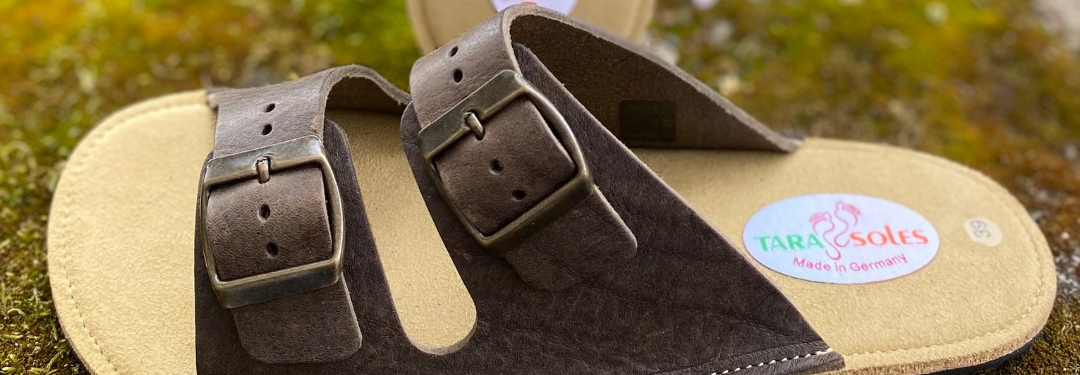Leather, a traditional raw material, has been processed for thousands of years. Tanning makes the skin supple and durable. While classic tanning uses aggressive chemicals such as chrome, vegetable tanning uses natural materials such as bark, roots and leaves to make leather durable and shiny. This process can take one to three months.
During the tanning process, the hides gradually absorb the vegetable tanning agents, resulting in high-quality and beautiful leather. The initial mixture is mild so as not to damage the skin and is treated in basins with progressively stronger solutions. After three months of fermentation and treatment, the leather becomes robust and durable. It then rests for a few days before it is used. Acceleration with chemicals would impair the natural quality of vegetable tanning.
Vegetable tanning differs fundamentally from traditional tanning, as the latter requires the use of chemicals. The most frequently used method in the fashion industry is also the most controversial: chrome tanning. Chromium is used in about 85% of all leather tanning processes. This aggressive chemical process is in stark contrast to the natural appearance commonly associated with fashion leather. The use of chromium salts is not only extremely harmful to the environment, but also to humans. Nevertheless, it remains the predominant method in the textile industry due to its fast, resource-efficient and cost-effective process.
We manufacture the classic two-strap barefoot sandals Woodstock with vegetable leather in our own production facilities.

